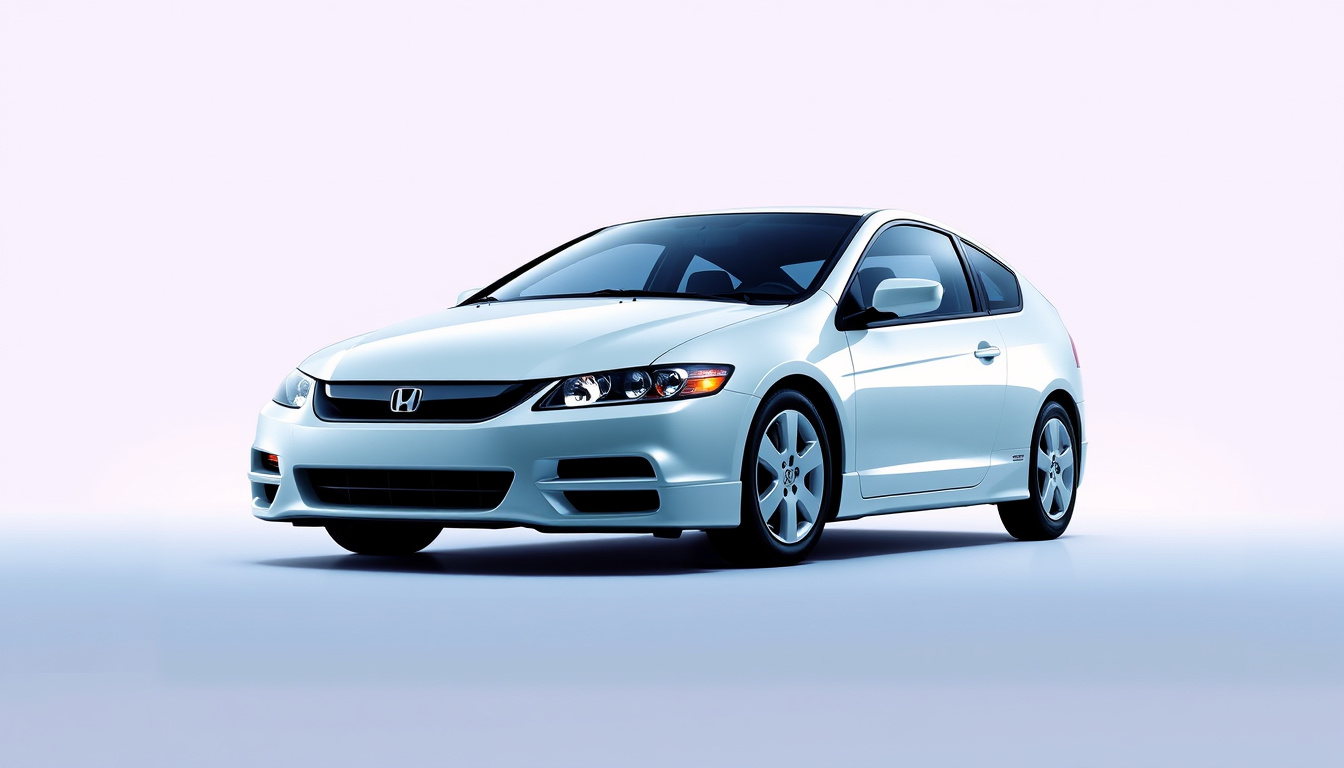Efficiency in Focus: The 1997 Honda Insight Hybrid and Its Impact on Eco-Friendly Driving
The Honda Insight marked a new moment in car history. It brought hybrid skills to the road long before hybrid cars grew popular. This article shows the history, tech, and lasting effects of the 1997 Honda Insight. Each sentence connects ideas closely to help you read easily.
The Genesis of the Honda Insight Hybrid
The Honda Insight came from Honda’s J-VX concept shown at the 1997 Tokyo Motor Show. Honda released the car in Japan in November 1999. The car reached North America in December 1999. It became the first hybrid car in the U.S. The car arrived seven months before the Toyota Prius.
The two-seat liftback had a light build and a smooth body. Honda built the frame from aluminum instead of steel. The frame weighed nearly 40% less than a similar steel frame. The body had a shape that gave it a drag value of 0.25. Each part worked close with the next to cut waste.
Exploring the Hybrid System: Integrated Motor Assist

The Insight used the Integrated Motor Assist system. The system joined a small gasoline engine with an electric motor. The 1.0-liter, three-cylinder engine used VTEC-E lean-burn tech. This engine focused on saving gas and cutting emissions.
A 10 kW electric motor sat on the engine’s crankshaft. The motor helped the engine during acceleration. It also turned braking into stored power by using regenerative brakes. Energy went to a 144-volt battery pack behind the seats. All parts worked together like parts of a chain. The system could even stop the engine when the car had to wait, such as at stop lights. This saved fuel and cut extra exhaust.
Great Fuel Economy and Low Emissions
Drivers liked the Insight for its fuel economy. The EPA rated the car at 61 miles per gallon on highways. It rated 53 miles per gallon on mixed driving. For many years, it was the most fuel-saving gasoline car in the U.S. The car also met strict rules from California on exhaust gas.
Low-resistance tires, light synthetic oil, and an electronic power-steering system helped lower drag. Each choice in design joined closely with the next to cut waste.
Car Layout and Driver Details
The Insight had a smooth, low-drag body. Inside, a digital gauge showed fuel use, battery power, and motor work in real time. The display helped drivers change small habits that saved more fuel.
At first, the car had only two seats. It mixed a light build with safety parts like airbags and a strong aluminum frame. Each safety part joined the light design with care.
Following Effects on the Industry
The Honda Insight changed how many people thought about hybrids. It sparked more interest in cars that use less fuel and reduce harm to the air. Later, Honda made new versions of the Insight. They changed the two-seat liftback into a practical four-door car. The first Insight set a path for Honda’s later hybrid models and new electric methods. Even though production stopped in 2022, the ideas in the Insight stay alive.
Conclusion
The 1997 Honda Insight was more than a simple car. It opened a door to cleaner travel with smart tech and design. Honda showed that cars could work well with less fuel and lower emissions. The Insight helped steer the car market toward cleaner air. Today, it stands as a sign of Honda’s care for new ideas and cleaner roads.
———————————————————
Voltsandvolts.com is a blog dedicated to electric vehicles (EVs). Our blog features articles on EV reviews, stories, tips, tricks, charging infrastructure, and battery technology. Join the conversation and become part of the Voltsandvolts.com community today!
